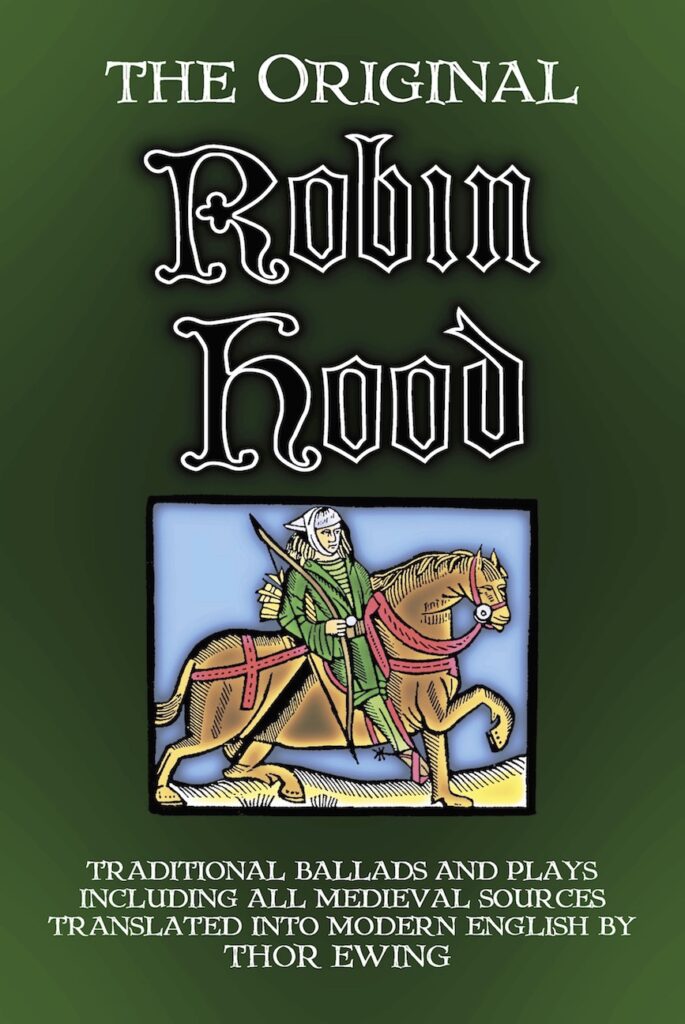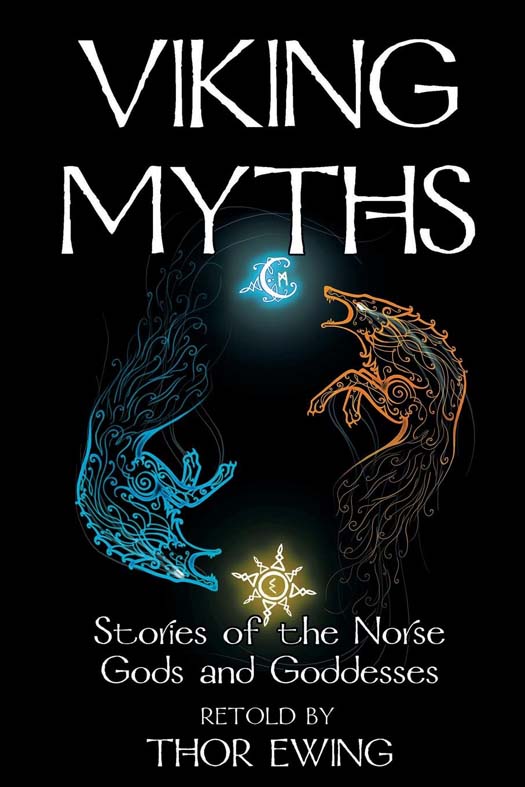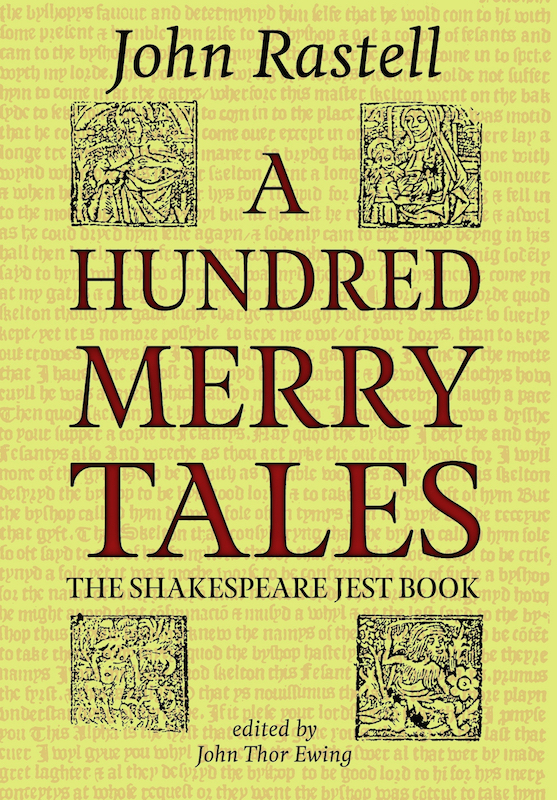Books by Thor Ewing

The Original Robin Hood
All the medieval sources for England’s most famous legend translated into lively modern English, along with selected traditional ballads.

Viking Myths
How a medieval Icelander might have told the tales for modern readers — not dressed up as contemporary fiction, just plain-spoken storytelling in the style of the Vikings.

A Hundred Merry Tales
First published by John Rastell in 1524-5, the earliest English jest book is a classic of Tudor literature. This new edition is the first to draw on all surviving early copies, and to include the complete quota of all 103 tales.
Treatments
We only use organic, chemical free, treatments at Posh because we believe in treating you with the best.
Brows
Don’t forget about your eyebrows. Our speacialists are trained in a number of techniques – have your pick!
Texture
Looking to add a little more oomf to your do? Our stylists can add texture or smooth out that frizz.




